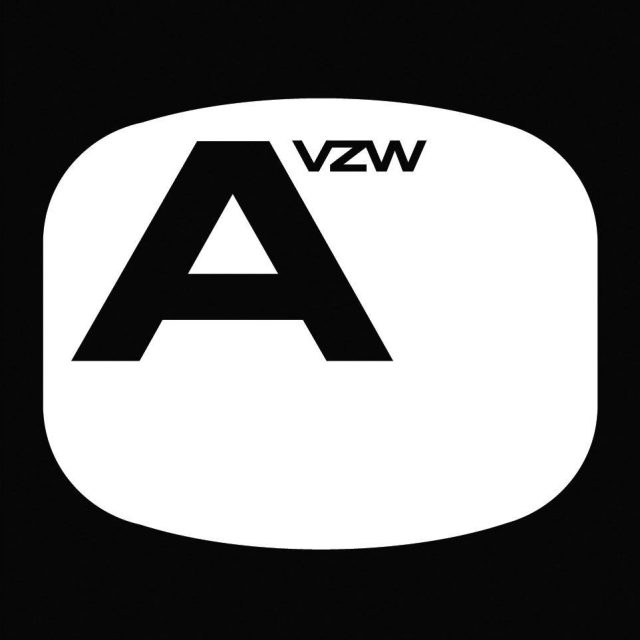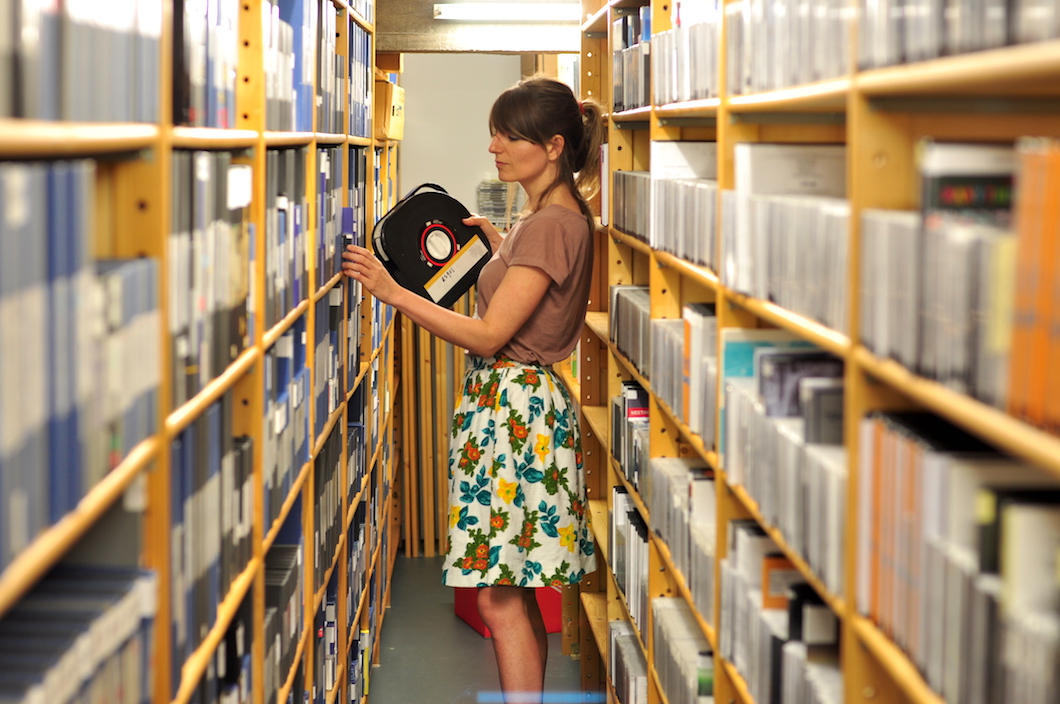Research & development
The Centre
Collaborations
Research & development

Argos Platform research outlines:
1. Platform as а harvesting instrument for archiving network. Digital content publishing tools
2. Network navigation, mapping tools and content filtering. Content annotation. Artist’ archive.
3. Archival instruments. Open source, CC and copyright.
4. Participation and dissemination schemes.
5. Reproducible models.
Developed projects:
1. Collaboration with EYE Dutch Film Institute, Amsterdam.
Projects Instant Cinema and The Scene Machine, sharing collections. Planned presentation at FARO Conference in November 2010.
2. Brussels Art School Association / BRAINS /, Brussels
Proposal for a new association to share Argos Collections within one platform using Kaltura video publishing services.
3. Collaboration is open for schools, teachers, lecturers and researchers. Artists – teachers panel.
4. Argos research site.
Held educational and learning resources for researchers, universities and general audiences. Place for art critics and researchers to publish their research works online.
5. DCA “Digital Libraries”. Enhancing access to media art content aggregated for Europeana, supported by the European Commission.
The Centre
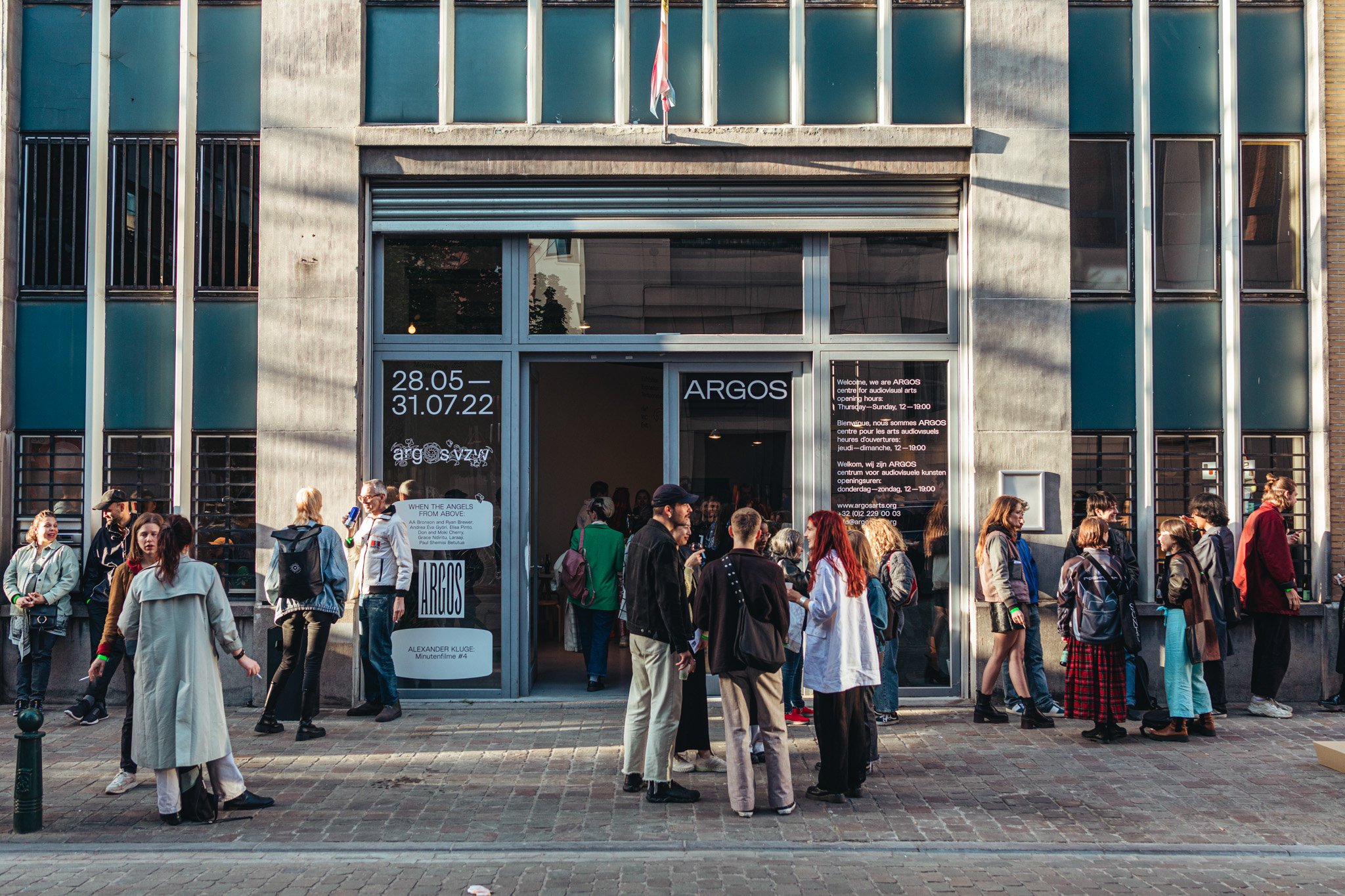
Founded in 1989 in Brussels, ⓐⓡⓖⓞⓢ is an institution and resource for the presentation, production, and study of critical audiovisual arts, as well as for its distribution, conservation and restoration.
𝓪𝓻𝓰𝓸𝓼 considers the audiovisual as a primary means of looking at and understanding the world in more open and integrated ways. Supporting a multiplicity of voices in society, it fosters dialogue with a broad range of institutional and non-institutional partners, both in Brussels and beyond, and seeks new ways to engage diverse audiences.
⒜⒭⒢⒪⒮ makes exhibitions and programmes, distributes moving image works, and builds, preserves, and discloses a prominent collection of artist films and videos. It also houses a unique media library containing a broad selection of publications, as well as the audiovisual works of the collection, which is open to both professionals and the general public. Additionally, it develops original research projects relating to significant gaps in art history and its relationship to culture and society.
Located in a former storage facility in the historic ‘Les Quais’ district of downtown Brussels.
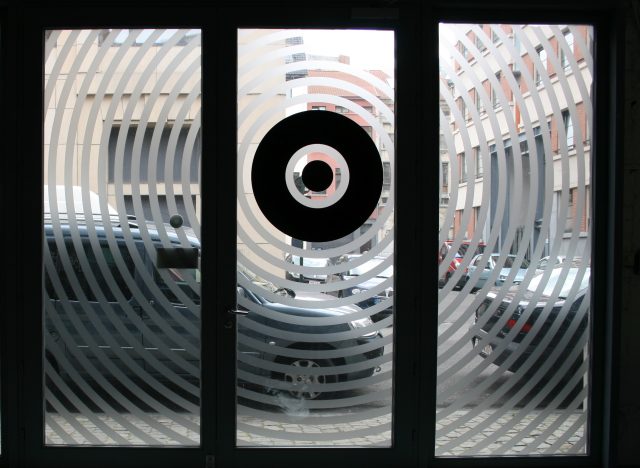
Throughout the past three decades, 🅐🅡🅖🅞🅢 has gained special expertise in the field of audiovisual archiving and preservation, in the initiation and accommodation of unique audiovisual research projects, and in supporting a broad range of artistic and discursive practices.
Organised a myriad of programmes, among them exhibitions, screenings, festivals, workshops, seminars, and conversations, both in and outside ᵃʳᵍᵒˢ, locally as well as (inter)nationally.
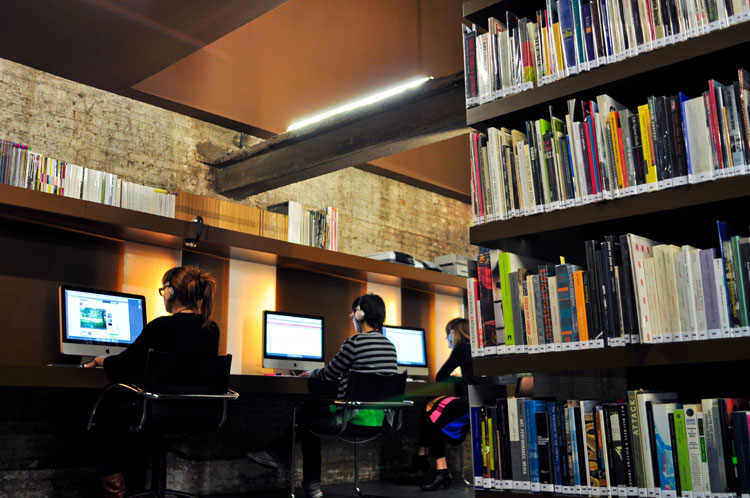
Library
𝓪𝓻𝓰𝓸𝓼 regularly publishes exhibition catalogues, artist books, edited volumes, and essays.
More than 4000 publications on audiovisual arts and culture:
Artist monographs, exhibition catalogues, and artist books: special focus on artists from our collection, but also on key figures and exhibitions in the field of audiovisual arts.
Theoretical volumes and essays reflecting on audiovisual culture from a wide range of critical perspectives.
About 700 festival catalogues.
About 20 subscriptions to art magazines about the visual arts, cinema, contemporary music, etc.
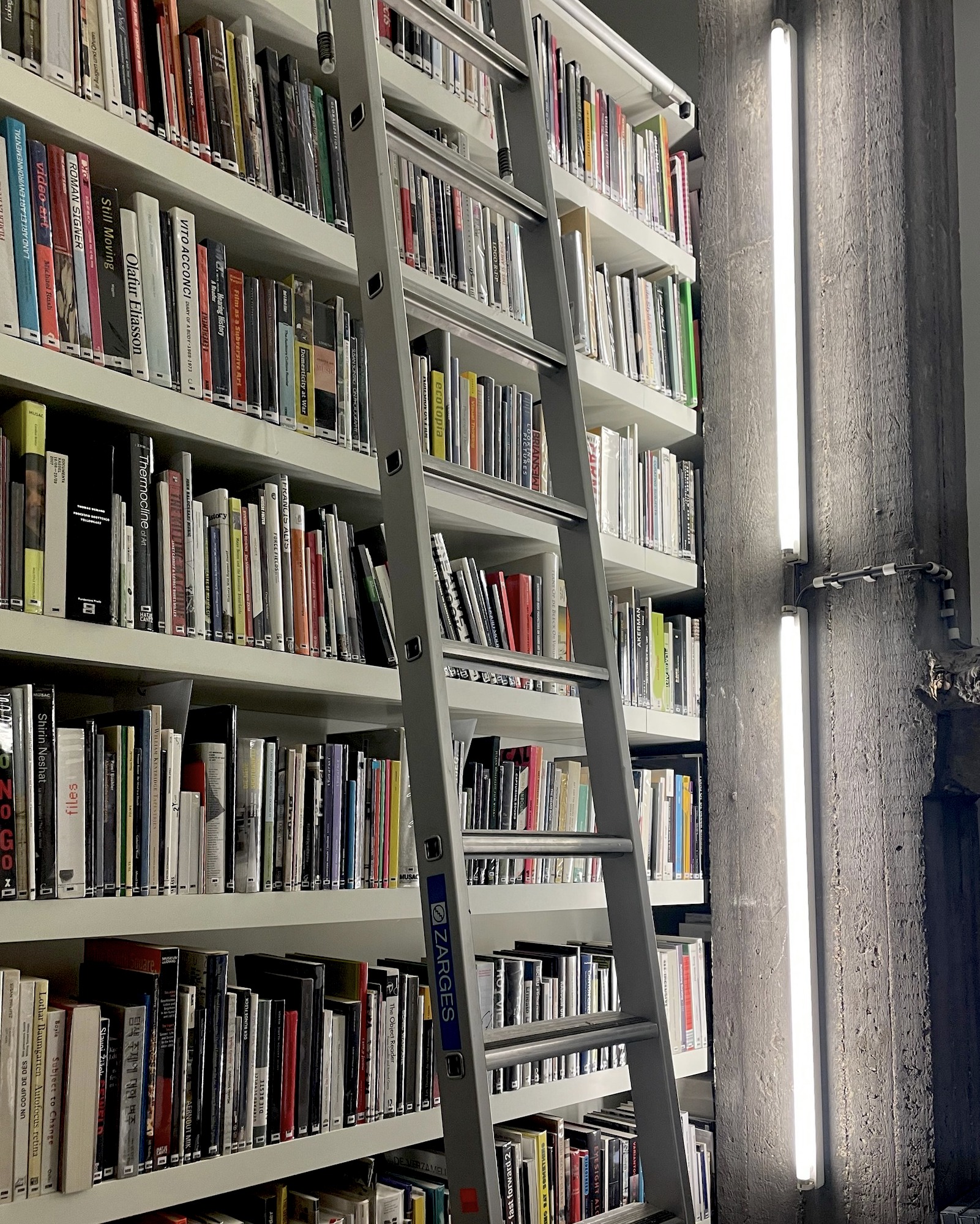
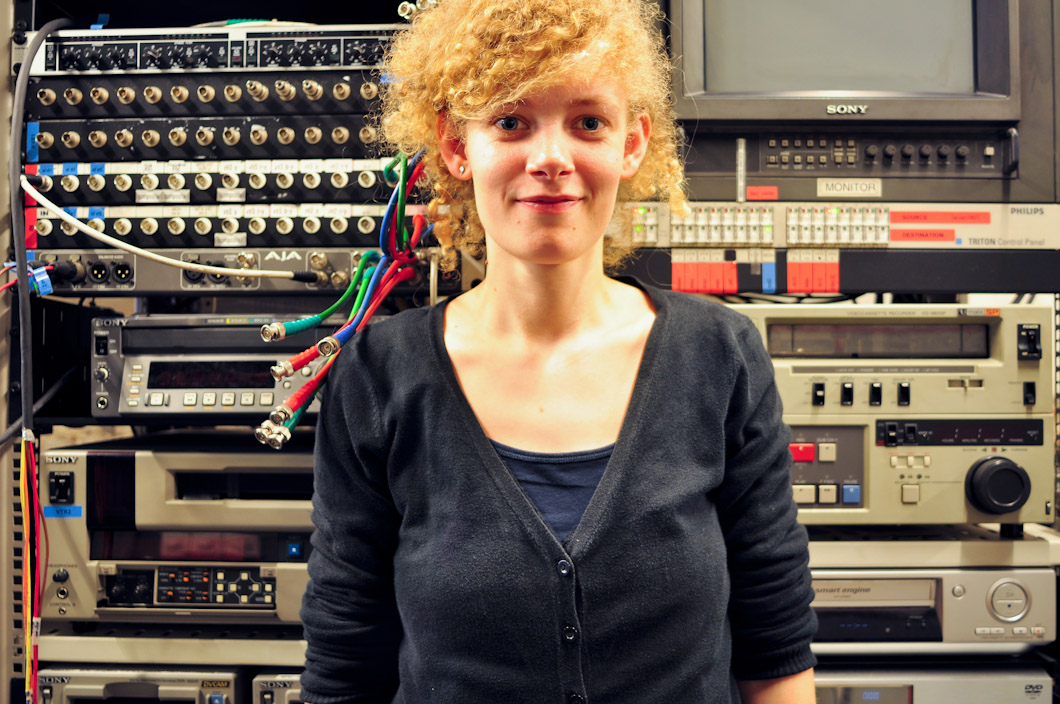
Lab
Digitalisation and editing facility for production and preview.

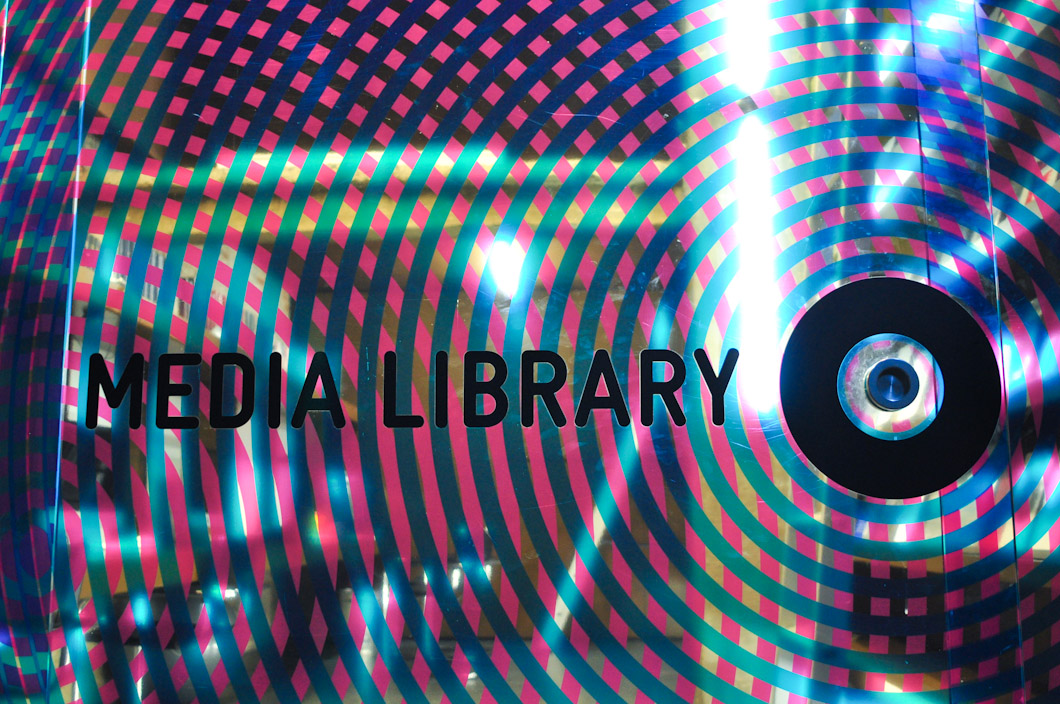
Collection
ⓐⓡⓖⓞⓢ houses the richest collection of artist films and videos in Belgium, being a reference for audiovisual arts internationally. With more than 5000 titles covering more than fifty years of production.
Unlike traditional museum collections, Argos’ isn’t based upon the exclusive ownership of art objects. Instead, it holds specific rights with regards to the works in collection. These include archiving and preservation rights, non-exclusive distribution rights, user’s rights for education and scientific research, and screening rights within the institution’s walls.
Collaborations
Monday: Firework
Tuesday: Illuminations
Wednesday: Revolution
Video for Angel Vergara exhibition at Argos Centre for Audiovisual Arts, Brussels, Belgium 2010
Exhibition concentrates on history, and more especially on the early days of the Belgian monarchy and its cultural, social-political and economic context.

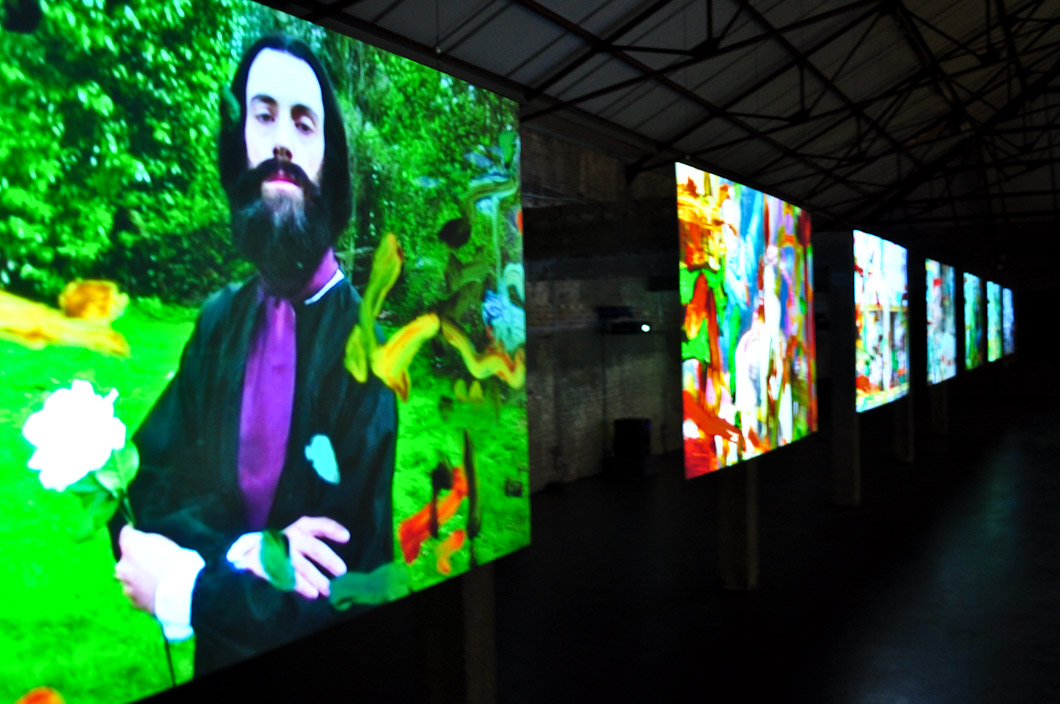
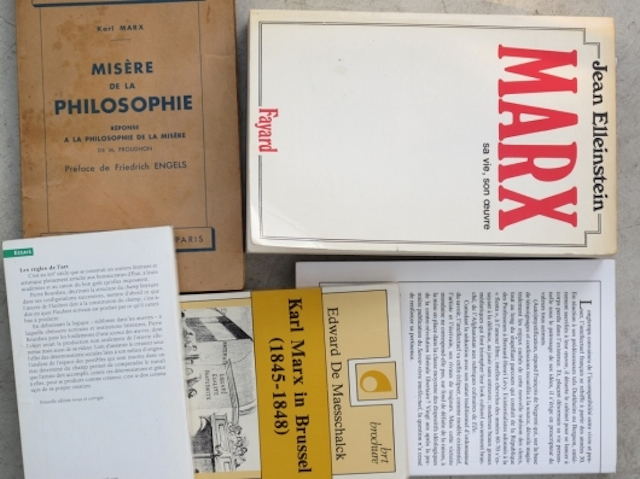
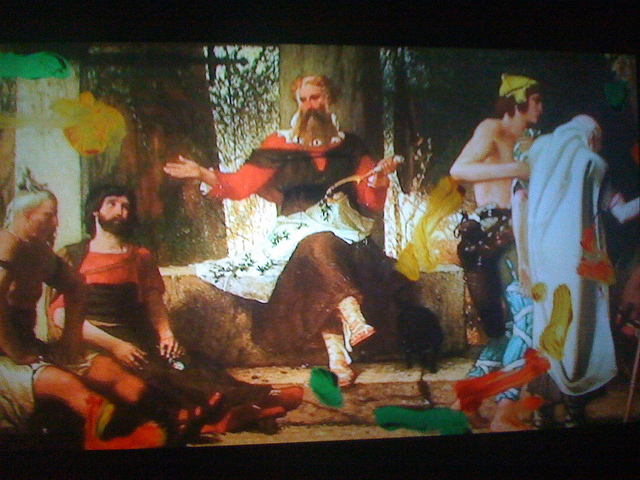
The title of the exhibition derives from an anonymous poster that circulated in Brussels in the days preceding the Belgian Revolution in 1830 – a slogan-like message that appeared to be announcing a show of some sort. Vergara makes use of this historical ‘reality’ for a reflection in which historical facts intersect with fictional elements and personal thoughts. The exhibition circuit is conceived as a whole, even though it is divided into three chapters, and the artist called it ‘an anti-painting of history’.
This is precisely why we see such historical figures as Karl Marx, Friedrich Engels, Leopold I and the painters Gustaaf Wappers and Antoine Wiertz, in addition to contemporary figures. While questioning Belgian cultural identity, Vergara employs the accepted national ‘history’ as a launch pad for an exposition in the form of a dialogue with today’s Europe.
That means this exhibition is not by any means an instructive circuit, rather a subjective topography. Vergara’s mental exercise on autonomy, the sense of community and personal freedom – on the genesis and existence of an identity and a nation – is related to the artist’s position in society.
In Angel Vergara’s work, objects often make way for current political affairs, the economic situation and events in society. His work is based on everyday life, into which he then injects his art. It is precisely in this intermediate space that Vergara (1958) puts incisive and often playful questions about both ‘the world’ and ‘the art world’.
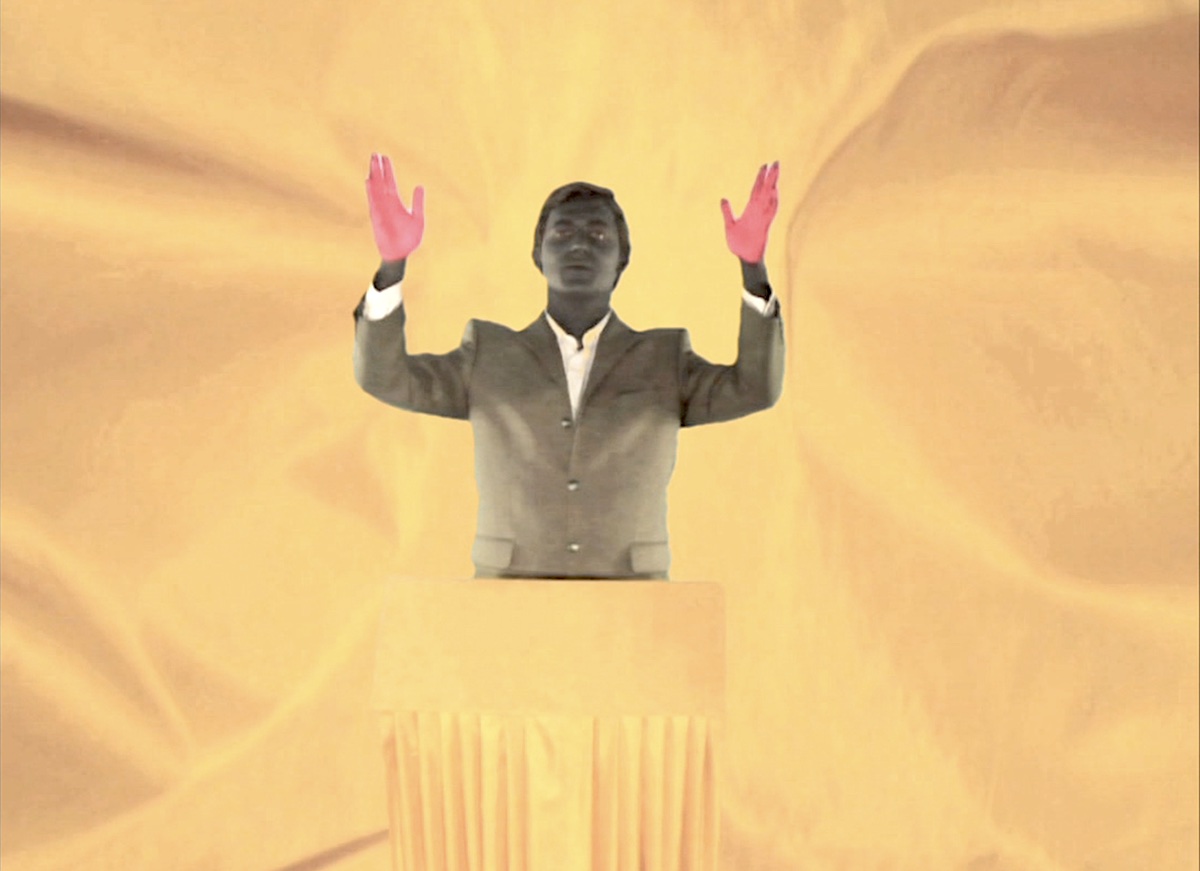

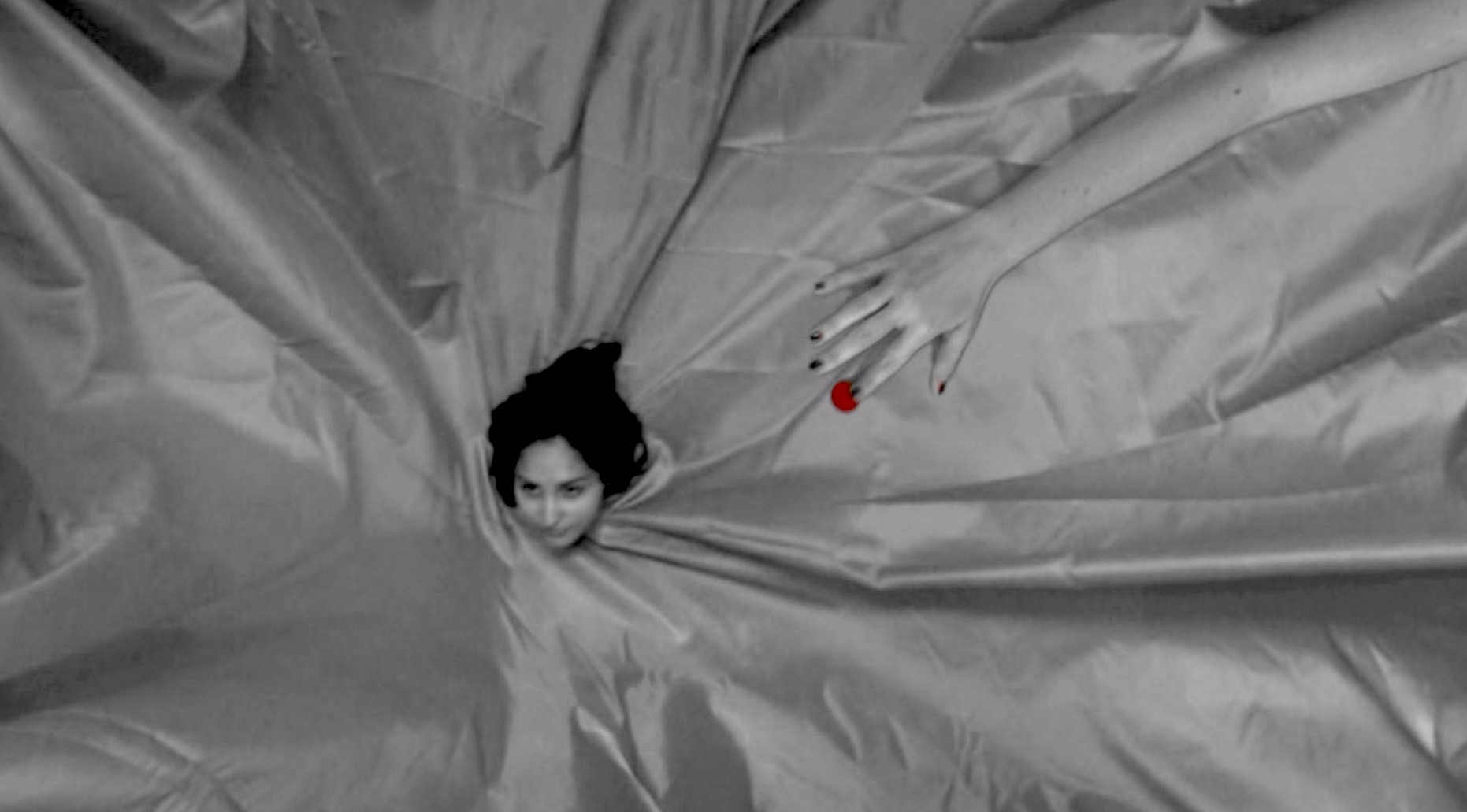
The Host with the Most
Camera and editing for Adam Leech exhibition at Netwerk Centre for Contemporary Art, Aalst, Belgium 2010.
In the videos Blanket Apology and Standard Triangulation Adam Leech focuses on rhetoric and diversionary tactics, but also upon slips of the tongue and jumps of contradictory thinking.
Blanket Apology 2010, 5’ loop
Blanket Apology, a video in which the artist orchestrates a tightly shot public confessional scene, forms the second part of the Speech Bubble trilogy. It is a dialogue between a woman and a man about over-mediasized confessions. As in the first part of the Speech Bubble trilogy, Leech focuses on the ambiguity of public apology.
Standard Triangulation 2010, 16’ loop
Presented in an ingenious mise-en-scene, he introduces in the video Standard Triangulation, the concept of triangulation. Such a “trialogue” can describe social, as well as legal, governmental or family situations better than a dialogue.
A jazz singer is shown. While she performs jazz standards, she’s distracted by something off screen. The artist examines in the video the process of vision and inability to grasp what the person actually sees. In this way he calls upon curiosity and the desire to look at the other.
Hindu Blues 2010, 1’ loop
Hindu Blues brings into view the loss of spiritual control in an absurd way. In the Hindu faith the tilaka – a red dot on the forehead – symbolizes the third eye associated with multiple gods and the idea of meditation and spiritual enlightenment. In the past only gods, priests, ascetics and worshippers wear a tilaka. Now it is an ordinary practice for Hindus and is regarded as a beauty mark. In the video a naughty goddess plays with the tilaka of a woman who does everything she can to set her tilaka back in the right place.



